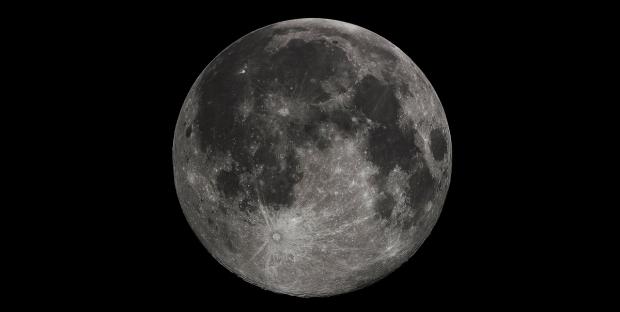Tonight, the night of November 14th we'll get to witness a spectacular sight in our sky - the Supermoon. The full Moon of November 14th is not only the closest full Moon of 2016 but also the closest full Moon to date in the 21st century. The full Moon won't come this close to Earth again until November 25, 2034. The last time the full Moon was this close to Earth was in 1948.
NASA explained this phenomenon.
The Moon's orbit around Earth is slightly elliptical, so sometimes it is closer, and sometimes it's farther away. When the Moon is full as it makes its closest pass to Earth it is known as a Supermoon. At perigee - the point at which the Moon is closest to Earth - the Moon can be as much as 14 percent closer to Earth than at apogee when the Moon is farthest from our planet. The full Moon appears that much larger in diameter and because it is larger shines 30 percent more moonlight onto the Earth.
The biggest and brightest Moon for observers in the United States will be on Monday morning just before dawn.
But if you are not an early riser, don't worry. Noah Petro, deputy project scientist for NASA's Lunar Reconnaissance Orbiter (LRO) mission, said you would have another glance at the Supermoon on Monday night.
I've been telling people to go out at night on either Sunday or Monday night to see the Supermoon. The difference in distance from one night to the next will be very subtle, so if it's cloudy on Sunday, go out on Monday. Any time after sunset should be fine. Since the Moon is full, it'll rise at nearly the same time as sunset, so I'd suggest that you head outside after sunset, or once it's dark and the Moon is a bit higher in the sky. You don't have to stay up all night to see it unless you really want to!
The next Supermoon will appear on December 14th, and will wipe out the view of the Geminid meteor shower.



